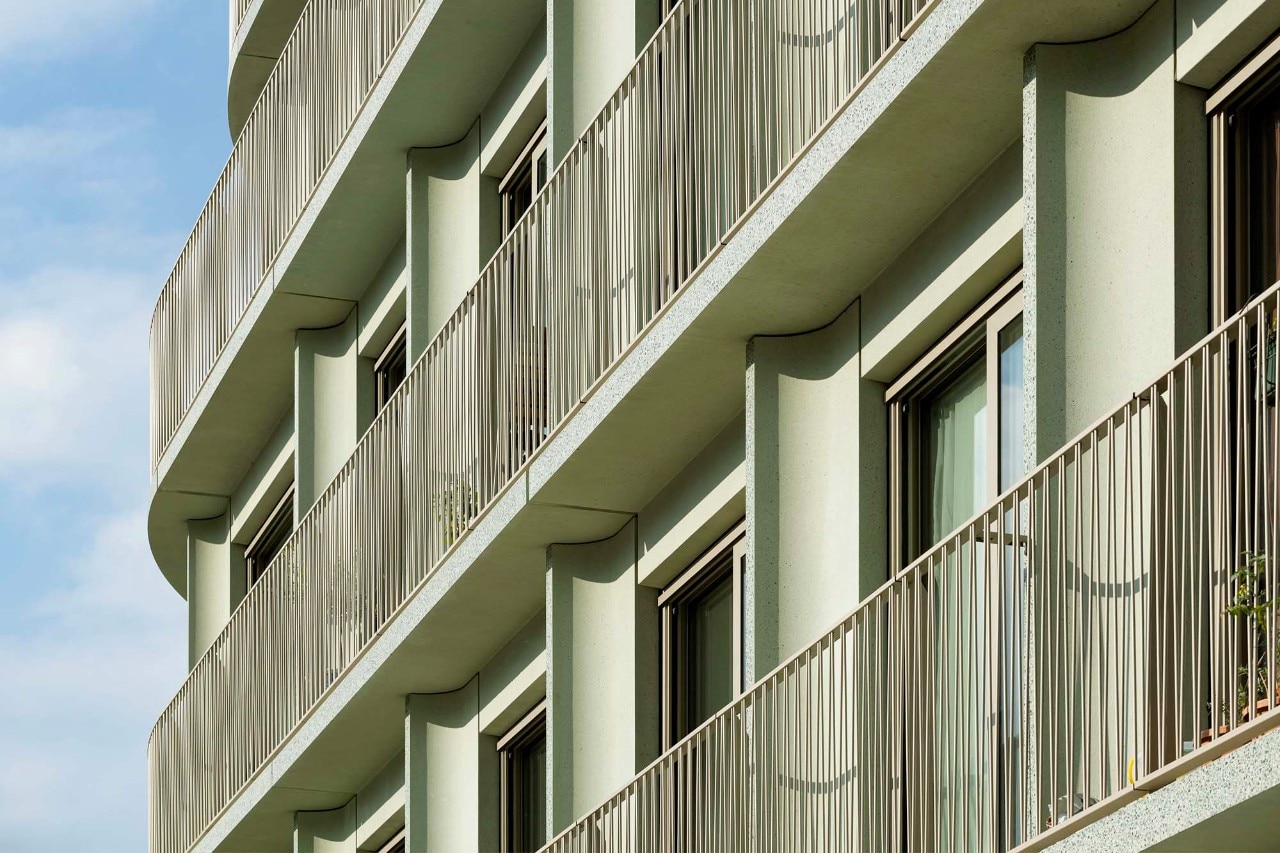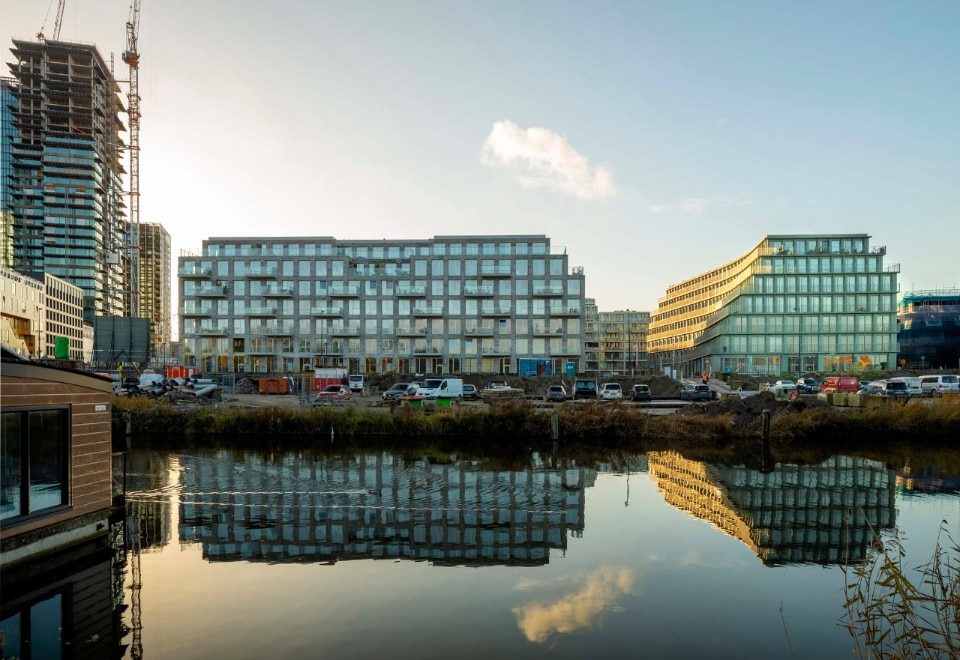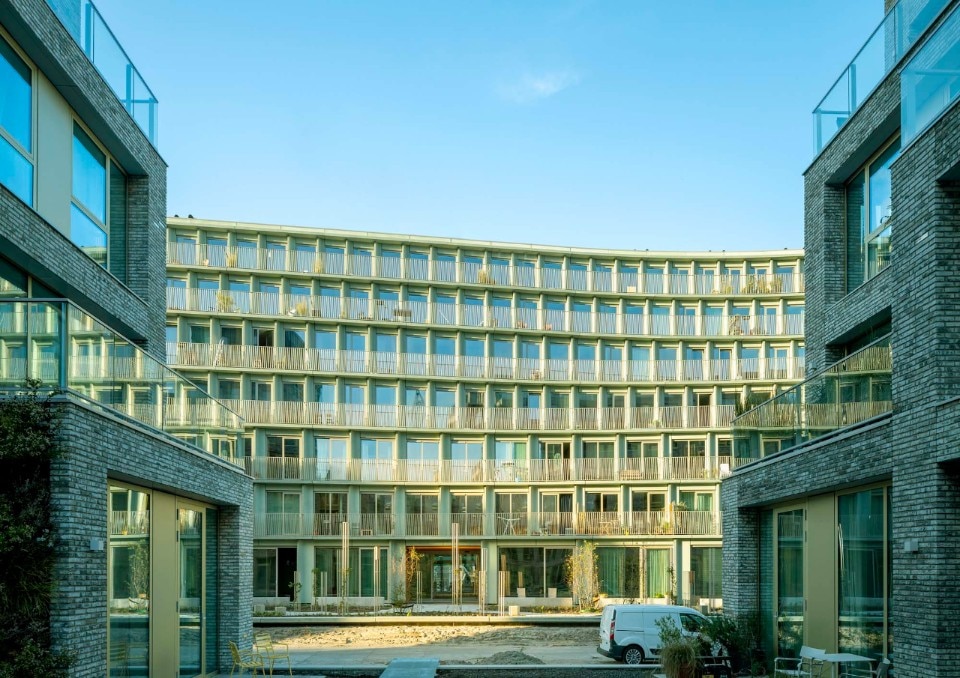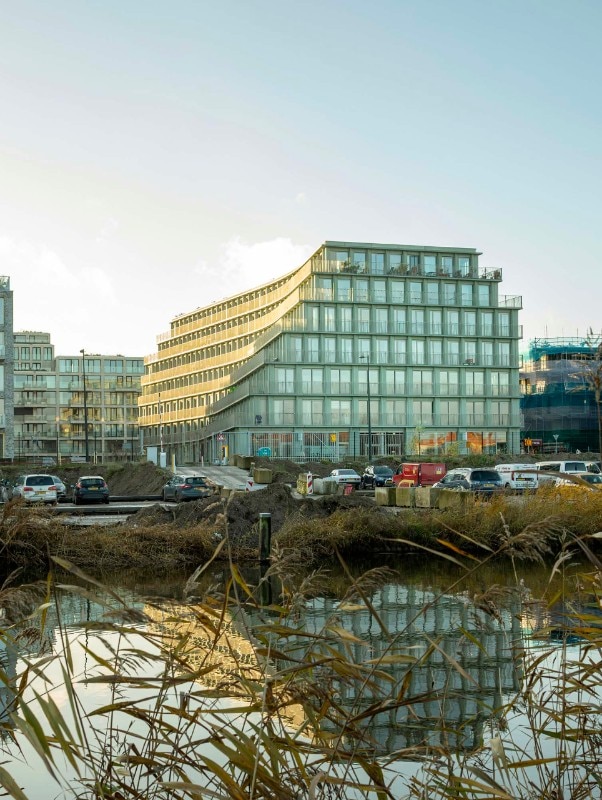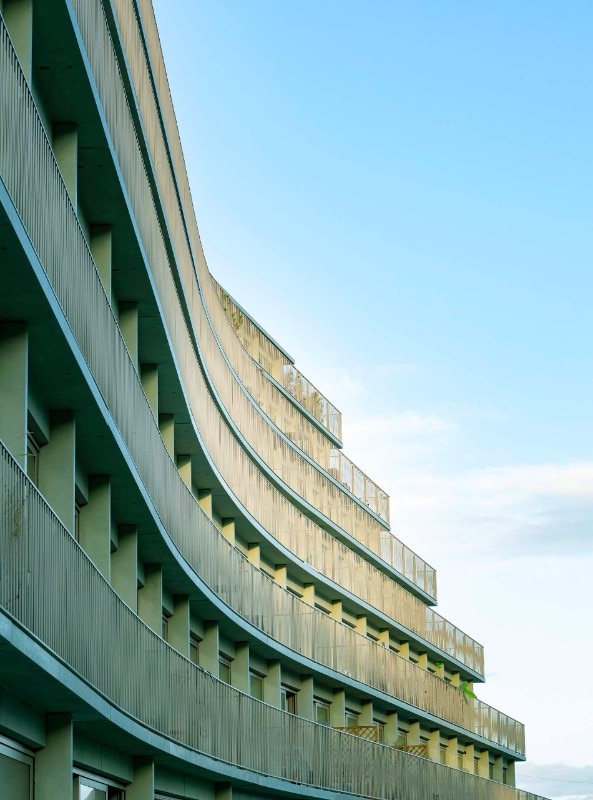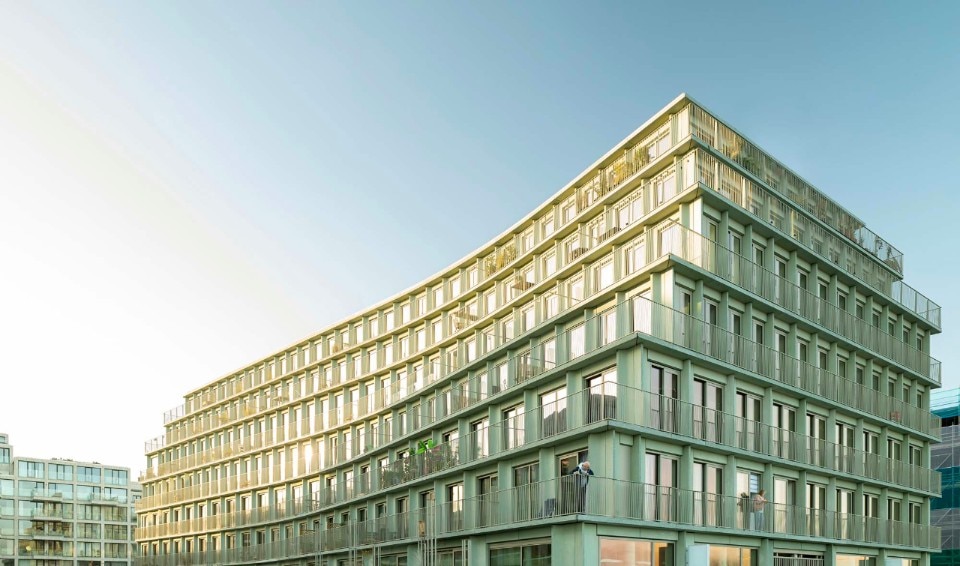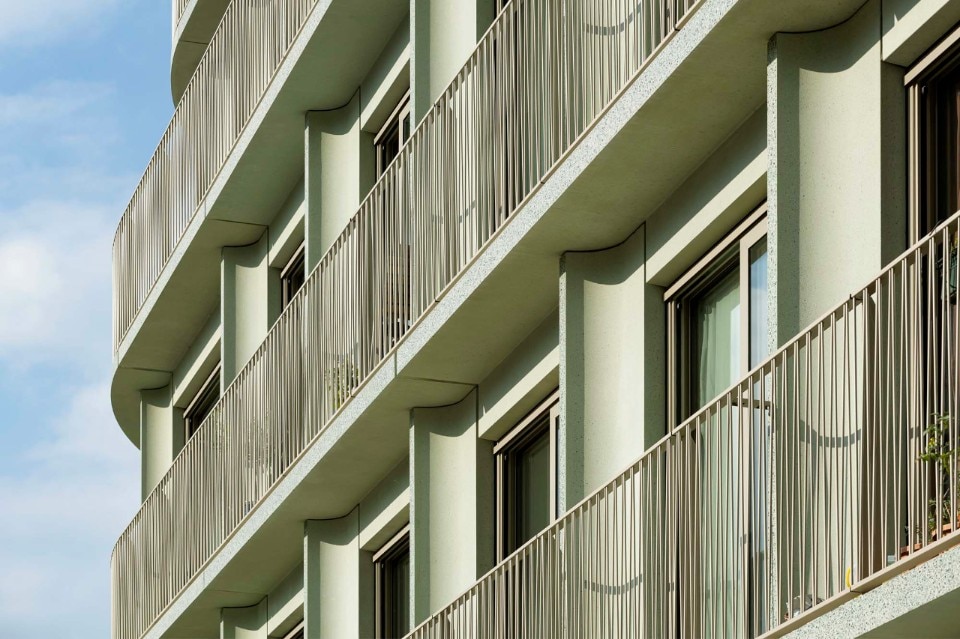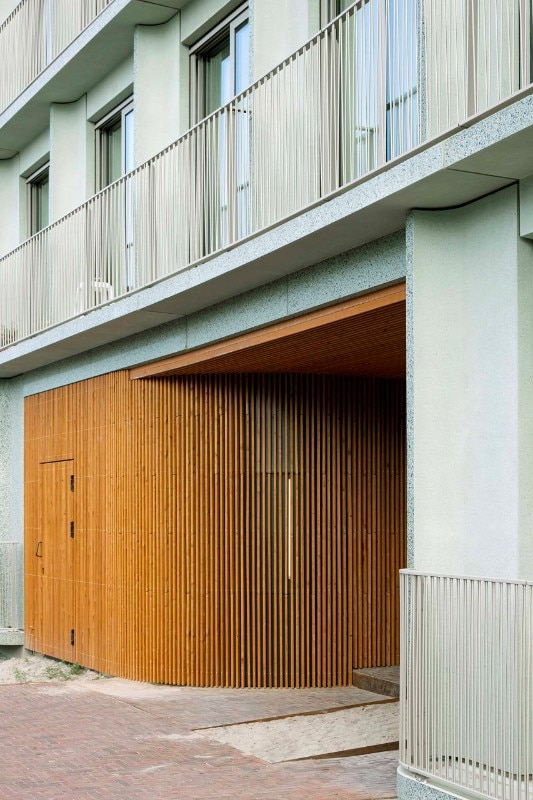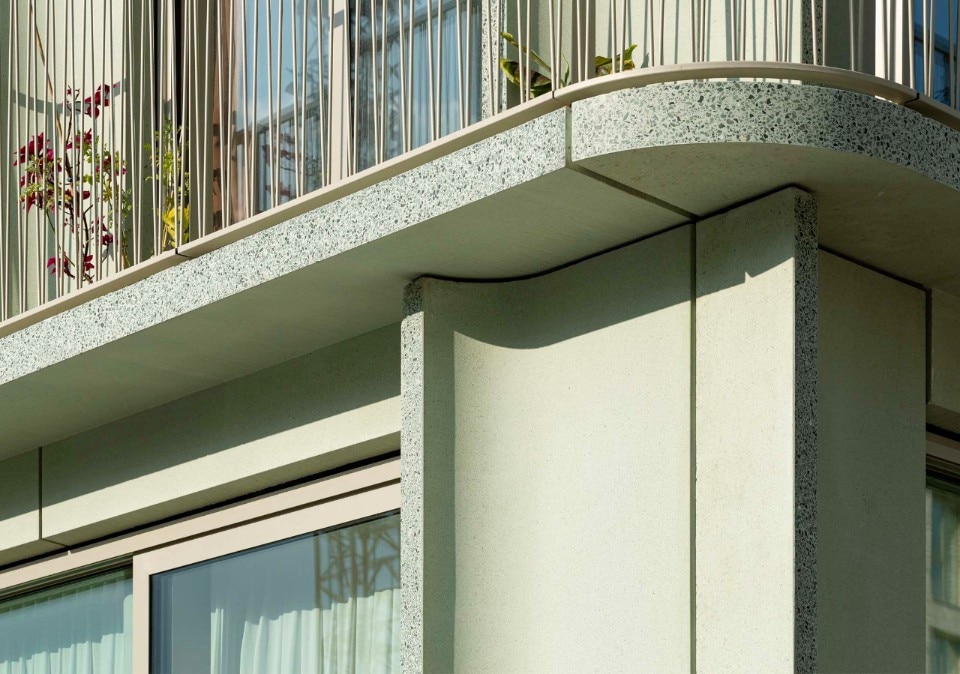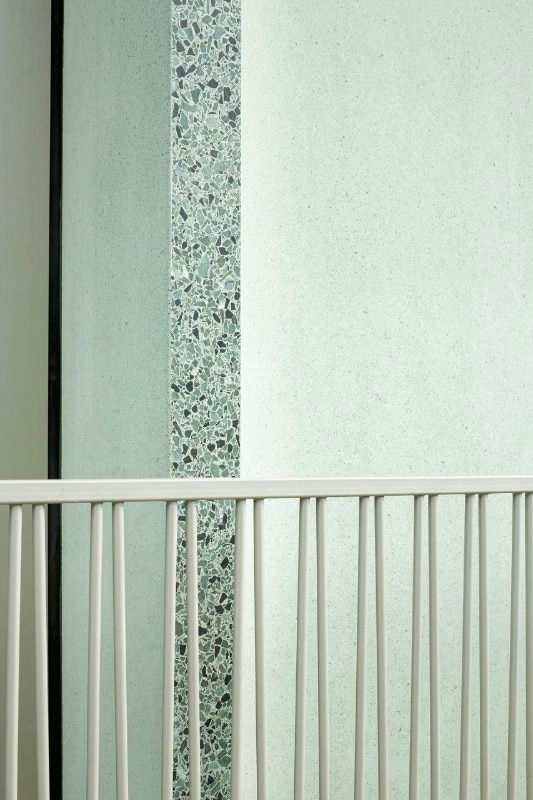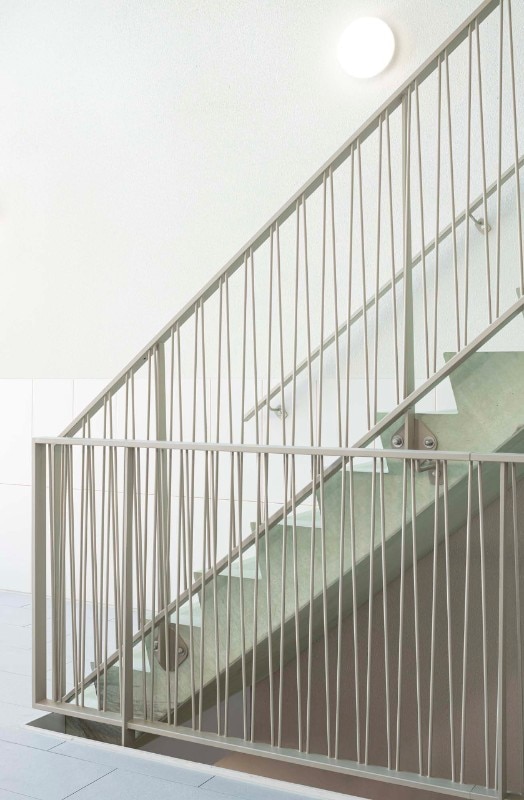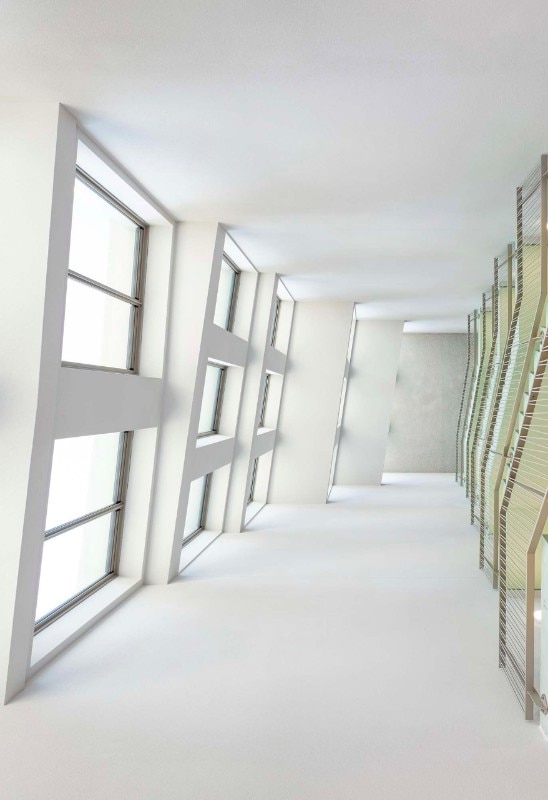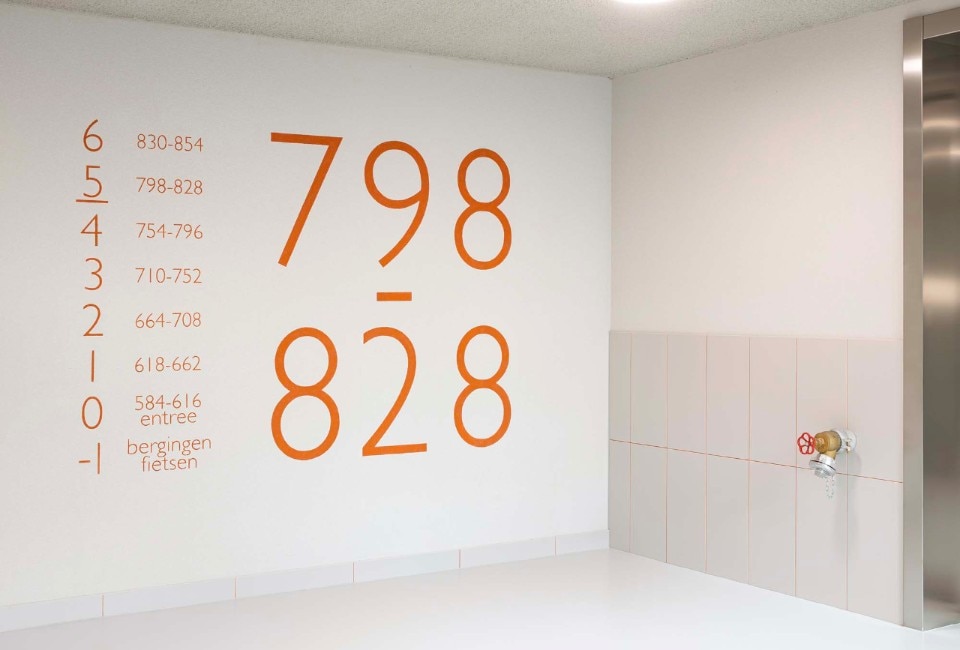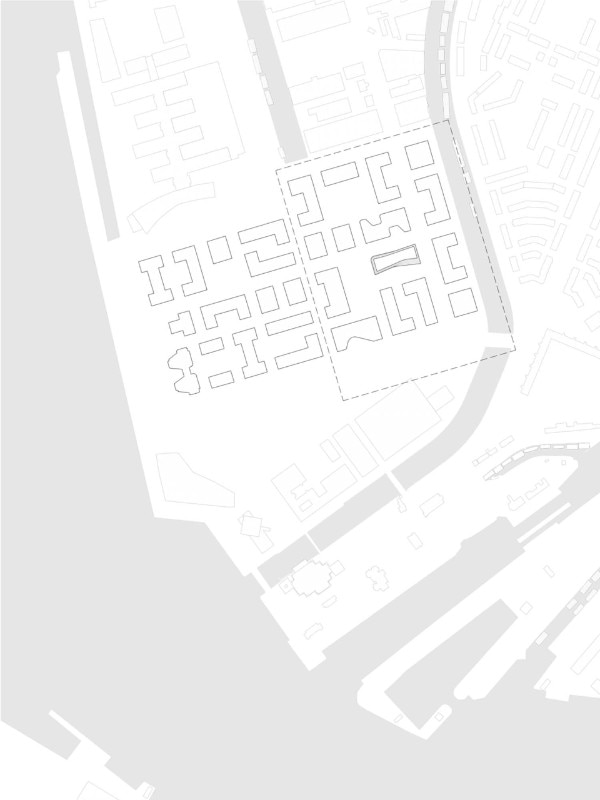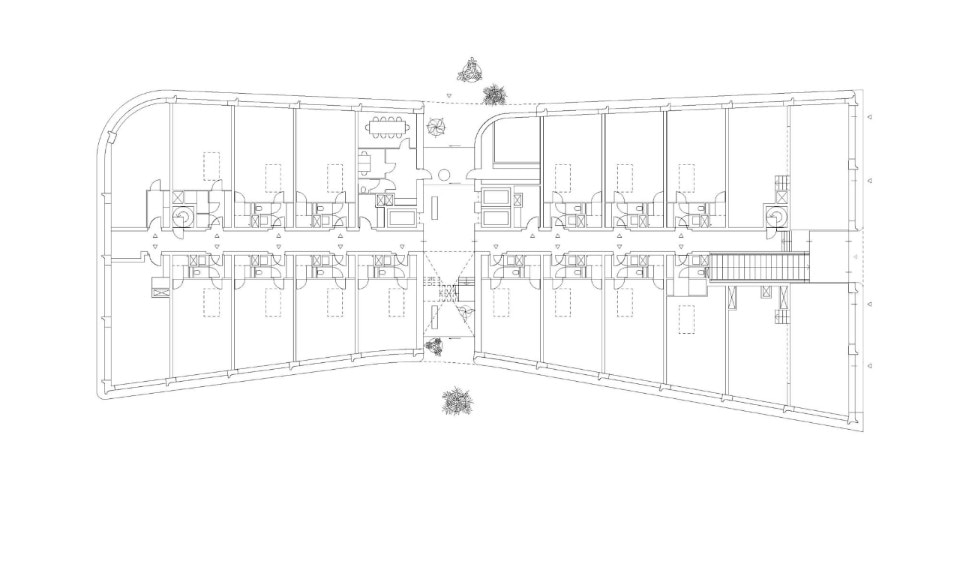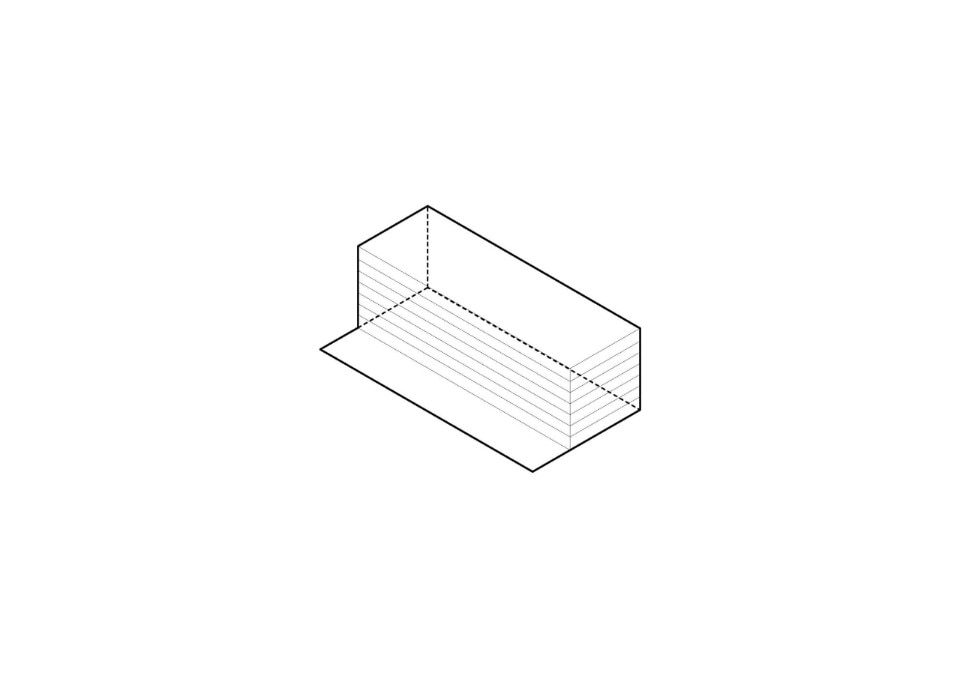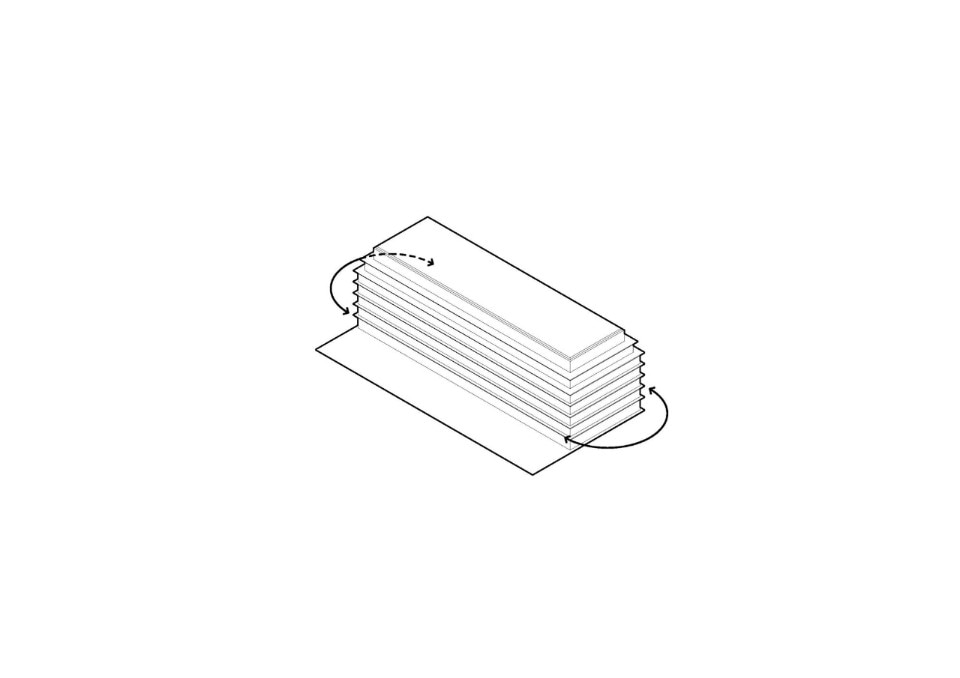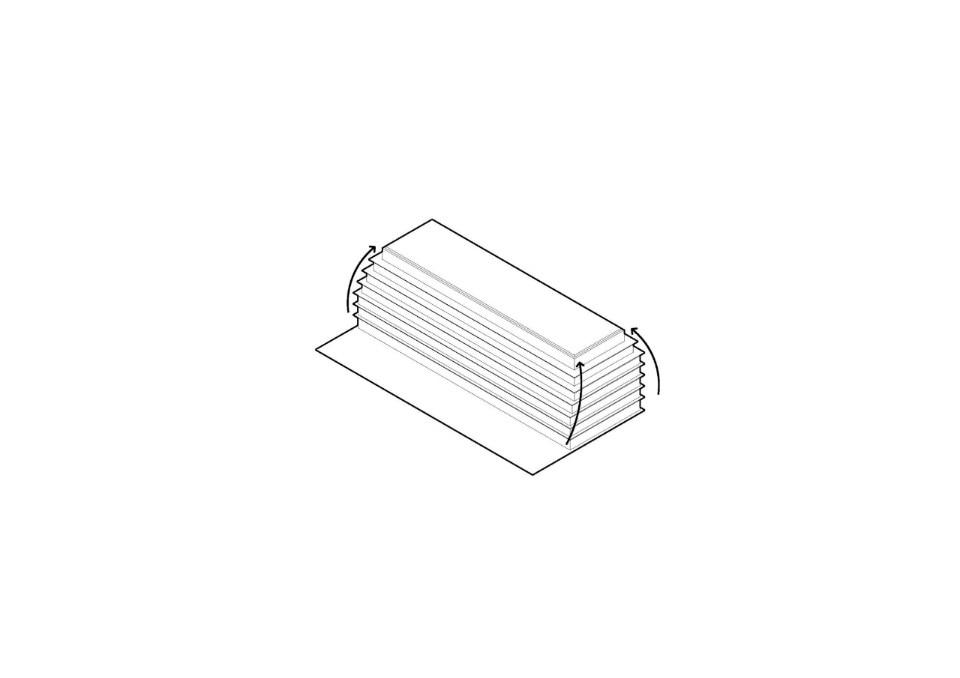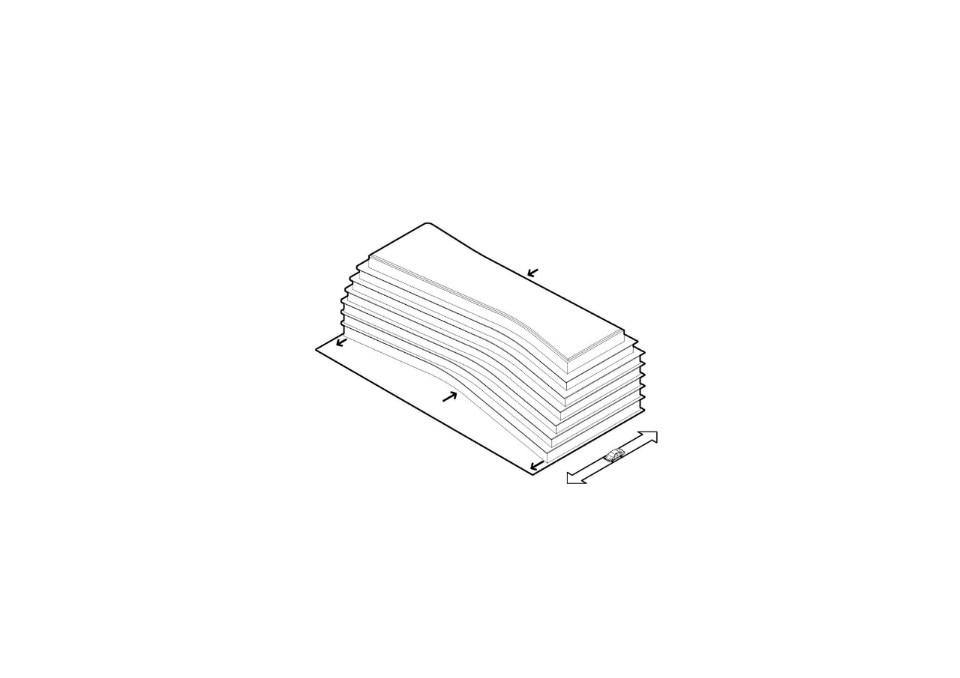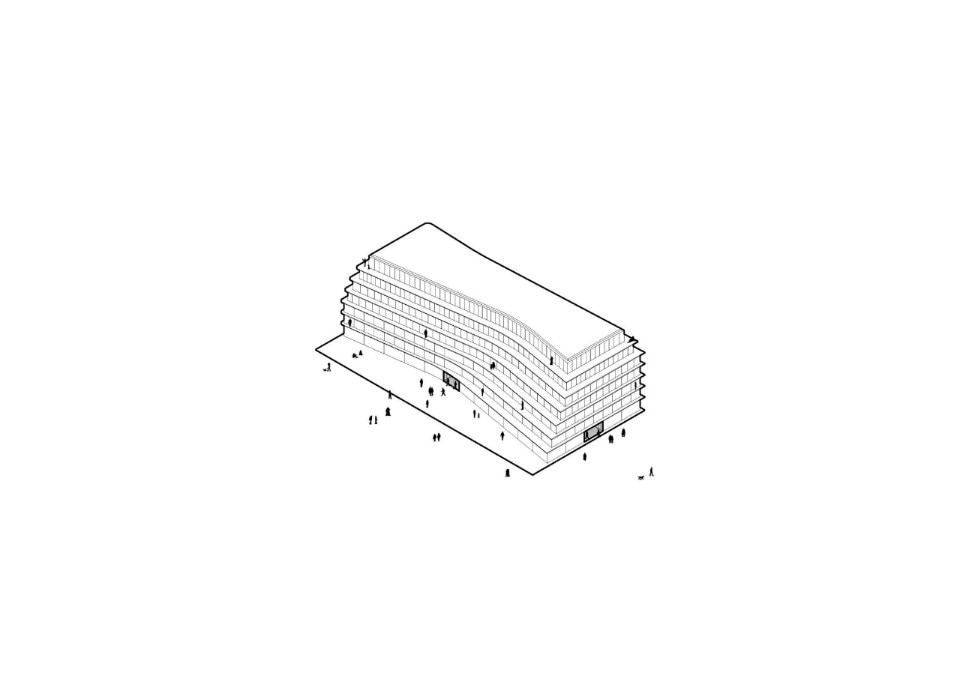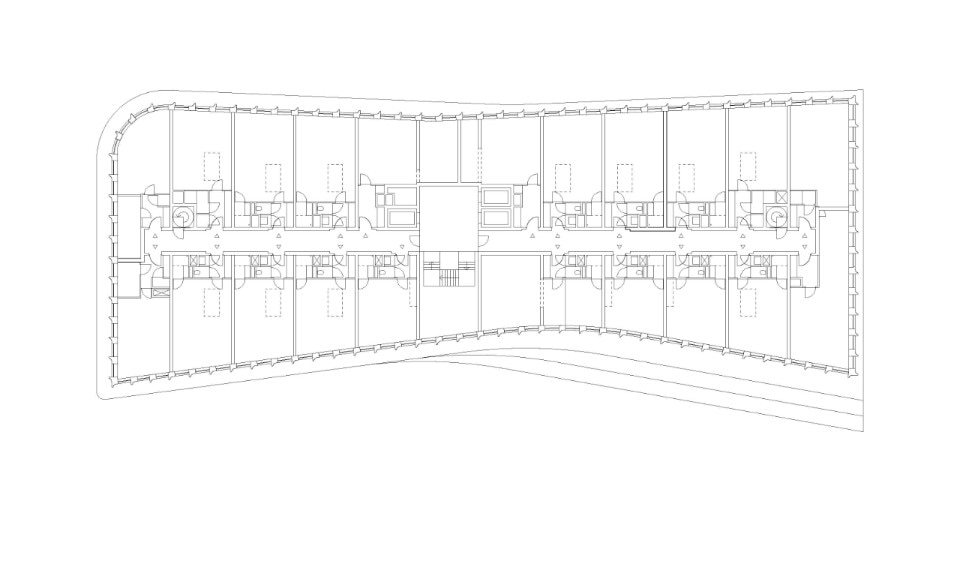The Netherlands has a rich history of social housing. Starting from the first experiences of the Amsterdam school up to recent urban macrostructures, leitmotifs in the different experiences are a vision of the neighborhood strongly centred on public space as the binder of the settlement structure, and a "poetics" of functionalism that mixes quantitative requirements for affordable and rapidly realisable structures with a focus on living wellbeing, in the name of a "right to beauty" as well as to housing.
Over the decades, the socio-economic profile of the Netherlands, like that of many other countries, has changed profoundly: on the one hand, the wild market and gentrification phenomena have exacerbated the social gap in the access to quality housing, tracing a map of cities increasingly dotted with areas of segregation based on wealth and ethnicity; on the other hand, an increasingly “liquid” society records the fragmentation of the traditional family and the exponential increase of single-person households.
In this framework, social housing sometimes plays a strategic role in urban balances, importing into transformation areas the multi-polar energy linked to social mixity and the values that historically characterise it, including the identity of place and community.
This is the case of the recent Overhoeks district on the north bank of the river IJ in Amsterdam Noord, within the masterplan for the redevelopment of the former Shell industrial area.
The high-density urban plan by Geurst & Schulze for about 2,200 homes includes the De Jakoba complex by Studioninedots, one of the two buildings intended to accommodate social housing in the area.
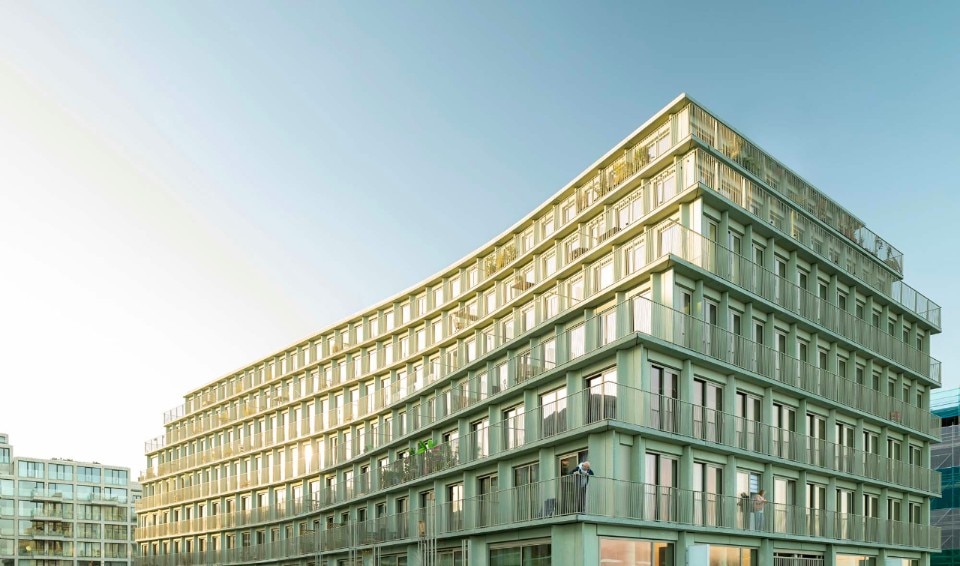
The building is distributed over seven floors and comprises 135 rental studios, as well as commercial spaces, services, and a communal garden on the ground floor.
In accordance with the prescriptions of the master plan, which imposed building setbacks to reduce the impact on the street, the massive volume is softened by the convex layout in the plan and the curvature in the elevation, resulting in a progressive thinning of the floors and variable layouts at each level.
The inward inflection reaches its maximum concavity in the central area where the glazed entrance is located, acting as a trait d'union between the condominium garden and the street.
The construction technology in prefabricated concrete elements has made it possible to reduce construction costs and times and formally characterise the building, thanks also to the pistachio green hue that brushes the façades and dialogues with the warm-toned window frames and balustrades.
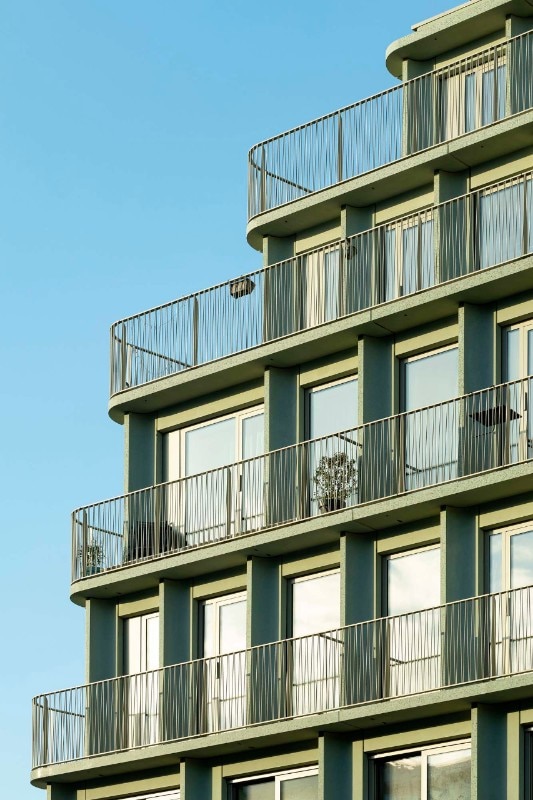
The texture of horizontal bands and slightly curved vertical pillars creates a lively play of light and shadow, accentuating the dynamism of the plastic mass, animated almost by an endogenous force that holds and bends it.
- Project:
- De Jakoba
- Architectural project:
- Studioninedots
- Project team:
- Albert Herder, Vincent van der Klei, Arie van der Neut, Metin van Zijl, Stijn de Jongh, Erik Hoogendam, Mai Bogø, Ania Bozek
- Collaborators:
- Dura Vermeer, Buro Sant en Co., Strackee, Byldis, Nieman Raadgevende Ingenieurs, VDNDP
- Client:
- Ymere


